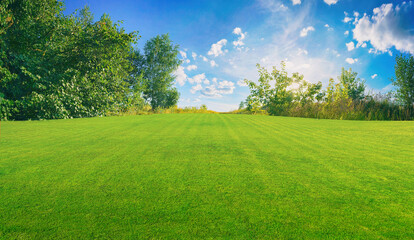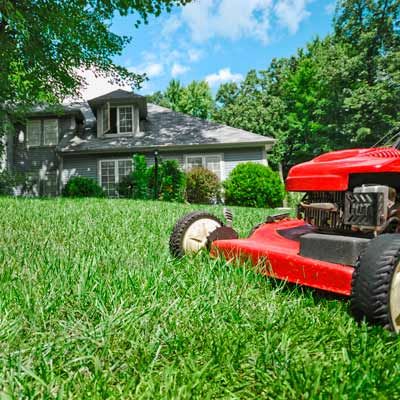Landscaping Technique
Landscaping makes a garden or other land more attractive by altering the existing design, adding ornamental features, and planting trees and shrubs. Landscaping Harrisburg PA uses its creativity and skills to make its vision a reality by using plants, shrubs, timber, stones, and more. There are a variety of different styles, starting from traditional to trendy, eclectic to elegant.

Aside from aesthetic beauty, landscaping can also provide a number of environmental benefits. For example, the right landscaping can reduce erosion in an area and improve air quality by increasing the tree cover. This is especially true when using native plants, which have a better ability to thrive in the surrounding environment and require less water to maintain their health.
In addition, landscapes that include water management features can also help to reduce stormwater runoff and prevent erosion in an area. These features are particularly important for areas with a high rainfall and drought rate.
Landscaping can provide a multitude of benefits for both residential and commercial property owners. Landscaping is the way to go whether you want to increase your property’s value or simply make it more pleasant.
Landscaping is the art of altering a property’s appearance through the addition of plants, changes to existing terrain and the construction of structures. A well designed landscape adds curb appeal, improves the value of a home and makes a yard more functional for everyday living.
There are many styles of landscaping, depending on the needs and budget of the homeowner. Each style of landscaping has its own unique characteristics.
Woodland landscaping mimics how flora and fauna grow in a wooded area. It requires less maintenance than formal landscaping and also offers a viable playing space for kids and pets.
Formal landscaping is a traditional style that uses curved or zigzag lines to plant large trees and shrubs. It is high-maintenance and costly, and requires professional care for seamless execution.
Informal landscaping is a low-maintenance and casual style that mimics the natural way that flora grows in an informal area. It uses curved or zigzag lines and large trees to make it more attractive.
Plants and flowers are a crucial part of landscaping. Whether they’re in flower beds or arranged throughout your yard, these elements can make your property stand out and give it the visual flair you need to impress your guests.
Several types of plants and flowers are used in landscaping, including annuals, perennials, and herbs. Each of these can add a different color or texture to your landscape.
For example, some annuals such as marigolds, begonias and zinnia are a great choice for adding a splash of color to your yard.
Alternatively, you can use perennials, which will return year after year. These include daisies, ferns, lavender and many others.
There are also shrubs, bushes and trees that can be used in landscaping. These are great additions to your property because they provide shade in summer and add a unique touch to your yard. They’re also beneficial to the environment because they remove pollutants from the air.
Landscaping maintenance is a vital part of the lifecycle of your landscape. It involves watering, mowing, trimming, pruning and weeding.
This process helps keep your landscape looking fresh and beautiful throughout the year. It also prevents overgrowth and preserves balance.
A well-maintained garden reflects your care for your property and its presentation in the community.
It also helps maintain a high level of property value, which can benefit your family. If you sell your home, a well-maintained landscape will impress potential buyers.
Each spring, all of your trees, shrubs and perennials need to be inspected for any damage during the previous fall or winter. They should also be fertilized. This will ensure that they get the nutrients they need to thrive.
Landscaping refers to designing, planning, and creating an outdoor space to enhance its aesthetic appeal and functionality. This involves selecting and placing plants, trees, shrubs, and other elements such as rocks, water features, and lighting to create a desired landscape design. Landscaping can be used to improve the curb appeal of a home or commercial property, create outdoor living spaces, and improve the environment by promoting biodiversity and reducing erosion. Landscaping can also increase property value and improve quality of life by providing a pleasant and relaxing outdoor environment. Professional landscapers use their expertise to create designs that meet their clients’ needs and preferences while also considering factors such as soil type, climate, and maintenance requirements.



